Trees M - Z
Maidenhair
Ginkgo biloba
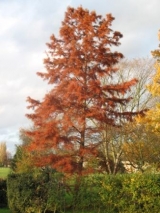 Metasequoia glyptostroboides
Metasequoia glyptostroboides
The Metasequoia in the Pleasaunce is situated between the putting green and woodland glen at the far western end of the park.
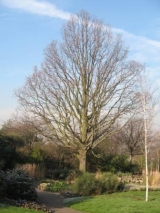 Quercus robur
Quercus robur
Several specimens; one at the Moat Island entrance to the woodland glen, one overlooking the wildlife pond and several in the bank of trees alongside the motorway.
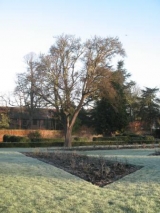 Pyrus communis
Pyrus communis
Among the oldest trees in the Pleasaunce are the pear trees standing on the north side of the walled garden.
The pear trees, which are anything up to 100 years old, are of the variety known as Black Worcester, an ancient variety, dating from the time of Queen Elizabeth 1, according to the National Fruit Collection at Brogdale in Kent, who examined some of the fruit.
Tradition has it that during the visit of Queen Elizabeth I to Worcester in 1575 she saw a pear tree which had been planted in the Foregate in her honour. She was so pleased that she bade the city add the emblem of pears to its Coat of Arms and the variety became known as Black Worcester.
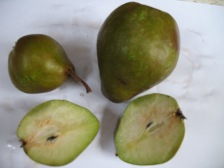
The fruit is a 'baking' pear; unlike normal pears, it never softens and should be cooked in an oven. There are several recipes available which involve baking the pears slowly, often with spices and wine added, served with cream.
A traditional Medieval baking pear recipe
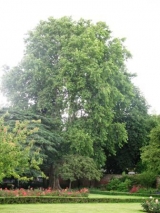 Platanus acerifolia
Platanus acerifolia
Second tallest tree in the Pleasaunce, at the north east side of the walled garden
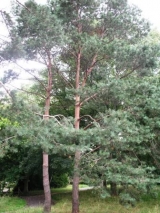 Pinus sylvestris
Pinus sylvestris
Several specimens throughout the park, including in the woodland glen, several in front of the Tudor Barn and several in the bank of trees alongside the motorway
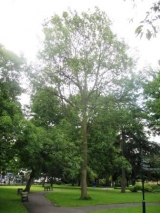 Fraxinus excelsior diversifolia
Fraxinus excelsior diversifolia
In the front of the Pleasaunce adjacent to the east end of the Tudor Barn
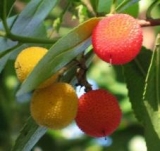 Arbutus unedo
Arbutus unedo
One of the most unusual of the Pleasaunce's trees is the arbutus unedo or strawberry tree in the woodland glen. A spreading tree which never reaches a great height, its most attractive features are its lantern-like ivory flowers which come in the autumn, followed by bright red fruits.
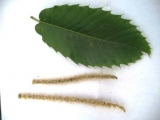 Castanea Sativa
Castanea Sativa
One in the gardeners quarters overlooking the west hedge of the putting green, others in the bank of trees alongside the motorway
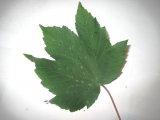 Acer Pseudoplatanus
Acer Pseudoplatanus
Several specimens in the front of the Pleasaunce
|
| Last Updated: 2nd-Jul-2007 01:10 |
 Print Print |
|
|
|
|
|
|
Subscribe to newsletter
|
 |
|
|
|
|
|
|